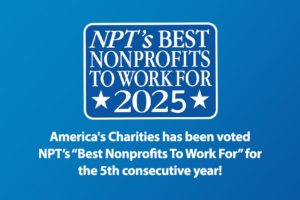Sarah Ford | March 10, 2014
Growing Hope for Sickle Cell Disease Patients
By Laura Hambleton
 Sickle cell disease is one of the most common inherited blood disorders, mostly found in people of African, Hispanic, Mediterranean and Middle Eastern descent and affecting about 100,000 Americans. For the disease to emerge, it must be passed down by both parents. The syndrome causes normal, oval-shaped red blood cells to lose oxygen and collapse into sickle shapes. These mutated cells do not flow smoothly and can get lodged in veins, causing excruciating pain, anemia, severe fatigue, respiratory distress and eventually organ failure and early death.
Sickle cell disease is one of the most common inherited blood disorders, mostly found in people of African, Hispanic, Mediterranean and Middle Eastern descent and affecting about 100,000 Americans. For the disease to emerge, it must be passed down by both parents. The syndrome causes normal, oval-shaped red blood cells to lose oxygen and collapse into sickle shapes. These mutated cells do not flow smoothly and can get lodged in veins, causing excruciating pain, anemia, severe fatigue, respiratory distress and eventually organ failure and early death.
A 1973 study put the average life expectancy after diagnosis, which usually occurred in childhood, at around 14 years. But researchers say that today many people with the disease can live far longer due to early treatment with antibiotics, better pain management and especially the use of hydroxyurea.
Bone marrow treatments
There is a cure for sickle cell — in some cases — but it is risky and can require a lifetime of continued medicine. That cure is a bone marrow transplant.
Only about 500 such transplants have been done around the country, 40 of them at the National Institutes of Health, and all but a few involving children. Children’s National Medical Center will perform 12 to 15 this year, according to Meier.
“But there are risks,” she said. “We can have graft-versus-host disease with new bone marrow. Sickle cell patients have a higher risk of complicating stroke, seizures early in transplant, and they are always at high risk for bleedings, infection. Transplants are not an easy cure.”
Get Resources and Insights Straight To Your Inbox
Explore More Articles
For Fifth Consecutive Year America’s Charities Named ‘Best Nonprofit To Work For’
Washington, D.C. – April 1, 2025 – America’s Charities, the nonprofit that mobilizes the power of giving as a leading provider of volunteering, workplace giving,…
Read ArticleWorkplace Fundraising + Volunteering Summit (April 2nd and 3rd, 2025)
Join us in attending this virtual summit! The America’s Charities team is joining up with other leading voices in the workplace giving space for a…
Read ArticleThe Time to Act is Now
The results of the 2024 National Assessment of Educational Progress (NAEP) are in, and the findings are, in a word, heartbreaking. This assessment serves as…
Read ArticleGet Resources and Insights Straight To Your Inbox
Receive our monthly/bi-monthly newsletter filled with information about causes, nonprofit impact, and topics important for corporate social responsibility and employee engagement professionals, including disaster response, workplace giving, matching gifts, employee assistance funds, volunteering, scholarship award program management, grantmaking, and other philanthropic initiatives.




